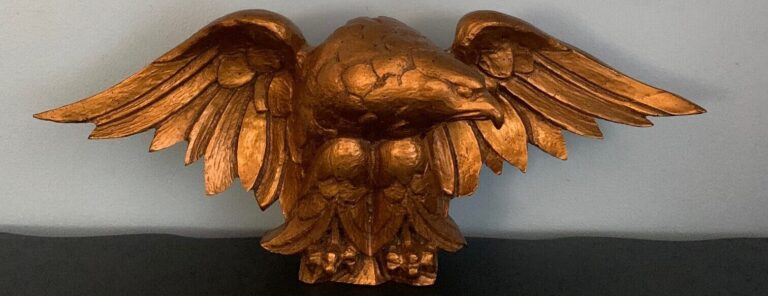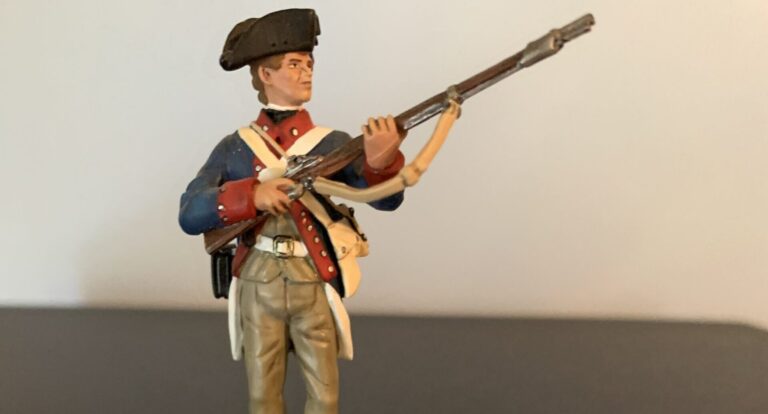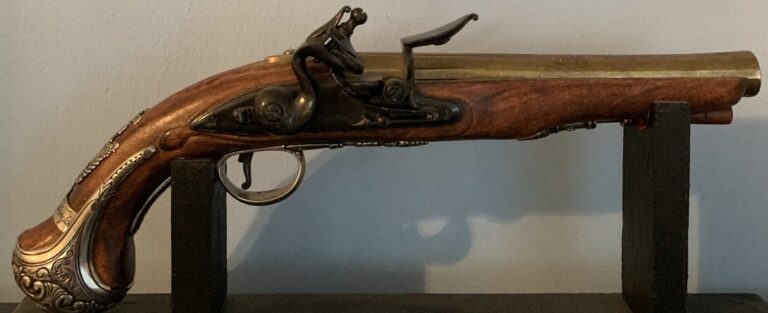Is there a better question for a Revolutionary War blog to ask when anticipating the annual observance of Memorial Day? Of course, it’s worth considering in relation to any conflict in our Nation’s past, and there may be a good deal of commonality among them in the answers to that question. But I want to focus here on what motivated those Americans who bore arms in a young nation’s struggle for the right to rule itself, and in particular the common soldier, meaning those below the rank of commissioned officer.
Motivation
Some two hundred thousand Americans served in the Continental army or the militia out of a population of about three million. Those who voluntarily filled the Patriot ranks chose to do so for many different reasons. Some were committed to fight for liberty and independence. Others responded to the financial incentive offered in the form of a bounty—a cash payment received for enlisting—or from being hired as a substitute by someone with the means to do so, or were lured by the promise of Western land after the war. Some wanted to separate themselves from a parent or master, or wanted to indulge their desire for adventure or eagerness to serve with a friend or neighbor. Whatever the motivation, many of those under arms came to believe they were part of something larger than themselves by virtue of their shared experience of war, attended as it was by the sporadic excitement and terror of combat, the prolonged drudgery of camp life, the frequent lack of food and other supplies, the presence of debilitating disease, the misery imposed by sweltering summers and frigid winters, and the indifference of many civilians to the army’s needs. In the process, these men learned to be professional soldiers and, along with George Washington’s generals and junior officers, became more competent and assured as the conflict wore on.
The tribute I paid to the legendary Delaware Regiment of 1776-1783 in John Haslet’s World applies equally to the hard-core Continental soldiery generally, whatever their motivation to serve: “Their story is an enduring reminder that the willingness to engage in self-sacrifice in the national interest has been, and always will be, indispensable to the defense of a free society in war and the furtherance of its democratic tradition and values in peace.”
Aspiration
We can’t quantify how many Patriot combatants were consciously or explicitly motivated by the language of universal rights in the Declaration of Independence, and unfortunately that soaring rhetoric fell short when it came to the Founders’ willingness to accommodate the interests of black people, women, Indians, and men without property.
Still, the rationale for a new nation articulated in our first founding document laid the groundwork for a constitutional framework in the second that, according to political philosopher Steven B. Smith in Reclaiming Patriotism in an Age of Extremes (Yale University Press, 2021), gave rise to an American civil religion “based on the promise of equality, inclusivity, and tolerance.” He cites as a singular expression of this aspiration President Washington’s correspondence with the Hebrew Congregation of Newport, Rhode Island, which conceives of American democracy in a way no one has ever improved upon, or so Smith claims.
In his letter of August 21, 1790, our foremost Founding Father wrote: “For happily, the Government of the United States, which gives to bigotry no sanction, to persecution no assistance, requires only that they who live under its protection should demean themselves as good citizens in giving it on all occasions their effectual support.” He conveyed his hope that “the children of Abraham who dwell in this land [may] continue to merit and enjoy the good will of the other inhabitants—while everyone shall sit in safety under his own vine and fig tree and there shall be none to make him afraid.”
If that’s not a way of life worth fighting for, what is?


